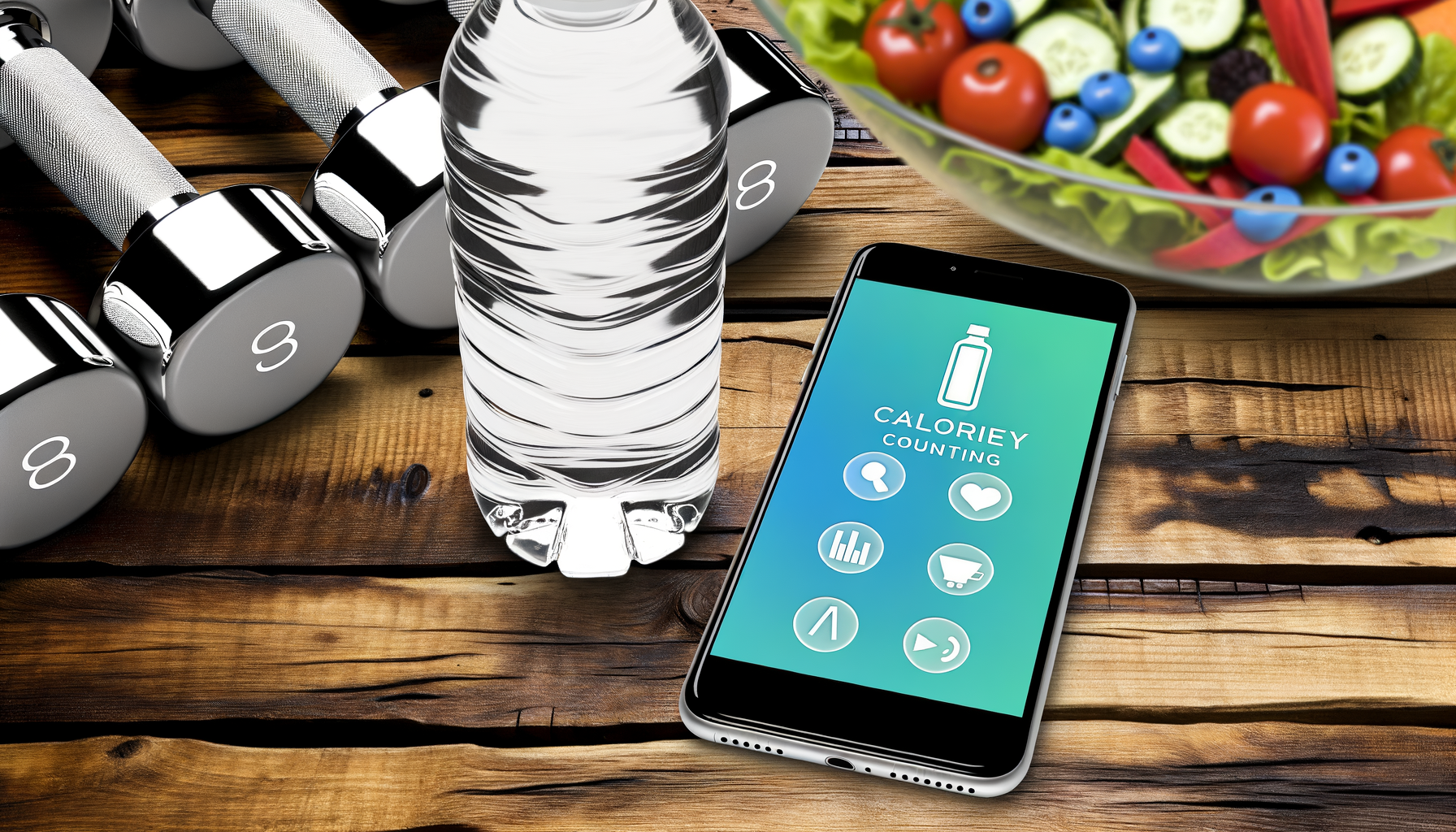Integrating Calorie Data into Fitness Goal Setting Strategies
October 2, 2024
## Leveraging Calorie Data for Effective Fitness Goal Setting
In the pursuit of achieving fitness goals, integrating calorie data into your strategy is crucial for success. Here’s a comprehensive guide on how to use calorie data to enhance your goal setting and achievement strategies.
### Understanding Your Caloric Needs
To set effective fitness goals, it is essential to understand your basal metabolic rate (BMR) and daily calorie requirements. Your BMR is the number of calories your body needs at rest to maintain basic bodily functions, and it is influenced by factors such as age, weight, height, and sex.
Tools like the WP Calorie Calculator can help you determine your daily calorie needs based on these factors. For example, a 30-year-old female with a height of 165 cm and a weight of 60 kg will have a different caloric requirement than a 25-year-old male of the same height and weight.
### Setting Clear and Achievable Goals
Clear, quantifiable objectives are the foundation of any successful fitness plan. Instead of vague goals like "I want to lose weight," set specific targets such as "I will log my meals daily for two weeks" or "I will reduce my daily caloric intake by 500 calories to achieve a weight loss of 0.5 kg per week".
Your fitness goals will dictate your daily calorie budget. For instance, if your target is weight loss, your app might suggest a daily caloric intake that is 500 calories less than your BMR. If you aim to gain muscle, you may need to be in a caloric surplus, consuming more calories than you burn.
### Integrating Calorie Data with Physical Activity
Calorie tracking apps and wearable fitness technologies are invaluable for integrating calorie data with physical activity. These tools sync with fitness trackers or pedometers to provide a more accurate estimate of your daily calorie expenditure. For example, after a 5K run, the dashboard will show an increase in the number of calories you can consume while still adhering to your weight loss plan.
Wearable devices like Fitbit and Garmin integrate with nutrition tracking apps like MyFitnessPal, allowing you to log meals, track hydration, and monitor daily calories and macronutrients. This holistic approach ensures that your diet and exercise are aligned with your fitness goals.
### Personalized Nutrition and Meal Planning
Using calorie data, you can create personalized nutrition plans that support your fitness goals. Apps like MyFitnessPal offer automated macronutrient and calorie targets, extensive food databases, and barcode scanners to streamline the process of tracking your calorie intake.
For instance, MyFitnessPal’s Net Carbs Mode helps users following keto or low-carb diets by accounting for fiber content, which has no significant impact on blood sugar levels. This level of detail enables users to stick to their chosen food programs more accurately and achieve their intended health objectives.
### Data Interpretation and Adjustments
Effective goal setting involves continuous data interpretation and adjustments. By comparing your daily caloric intake to the calories burned through exercise and normal metabolic functions, you can determine whether you are in a caloric surplus or deficit. This comparison is fundamental in weight management and overall fitness progress.
For example, if you notice that your carbohydrate intake is disproportionately high while your protein is low, you can adjust your macronutrient targets to support muscle growth and fat loss. Tools like mobile applications and software help in analyzing this data and providing actionable insights.
### Behavioral Change and Accountability
Calorie tracking apps promote mindful eating and encourage healthier food choices. By tracking your food intake, you become more conscious of your eating habits, which can lead to significant behavioral changes. Sharing your progress with friends, family, or a community within the app can also create a sense of accountability and motivation to stick to your goals.
### Advanced Features and Integrations
Advanced features such as predictive analytics and AI-powered coaching can further enhance your fitness journey. Wearable devices and fitness apps leverage AI to analyze vast volumes of data, including calorie expenditure, to provide individualized coaching recommendations and predictions of future health concerns.
For instance, Garmin's Forerunner series offers features like 'Performance Condition,' which compares the user's real-time condition to their average fitness levels, helping athletes optimize their training and prevent injuries.
### Real-World Examples and Case Studies
Several real-world examples illustrate the successful integration of calorie data into fitness goal setting strategies. For example, personal training programs guided by calorie data and other health metrics have been shown to be more effective than unguided or partner-based training. Studies have found significant improvements in fat reduction and strength gains in groups trained by personal trainers who used calorie data in their program design.
### Conclusion and Next Steps
Incorporating calorie data into your fitness goal setting strategies is a powerful way to ensure you achieve your objectives. By understanding your caloric needs, setting clear goals, integrating calorie data with physical activity, and using personalized nutrition plans, you can create a comprehensive fitness program that is both effective and sustainable.
To get started, consider using tools like the WP Calorie Calculator Plans to determine your daily calorie requirements. Combine this with wearable fitness technologies and nutrition tracking apps to create a holistic approach to your fitness journey.
Remember, the key to success lies in continuous data interpretation and adjustments. By leveraging the capabilities of calorie tracking apps and wearable devices, you can tailor your fitness strategy to align perfectly with your personal health objectives, ensuring every step taken is a step closer to your ultimate goal.











